Smartphone Ownership in the United States
Smartphones, mobile apps, tablets, iOS, and Android. Not one of those terms are unfamiliar to you, and why should they be? You hear these words daily, read about them in articles, see them on commercials, and if you live in America, there’s over a 50% chance you own a smartphone and use it every day. But just four years ago, it was a completely different story.
In 2009, smartphones were still new, if seldom owned and used, mobile apps were cute and somewhat gimmicky, and if someone asked you about Android, you’d have thought they were talking about a synthetic, humanoid organism. Ladies and gentleman, 2012 has come to a close, today’s world is vastly different from the world of just four years ago, and as always, the business world is as fast-paced an environment as ever, where staying on the pulse of technology isn’t only an advantage – it’s necessary to survival.
According to a November 2012 article by ReachLocal, 85% of consumers are using the internet to search for local businesses and 63% of said small businesses don’t have a website to service the traffic. This is in addition to 25% of small, local businesses who have websites, yet don’t posses or implement the tools to make those websites relevant in search queries.
More Americans access the web from their smartphones and tablets instead of their laptops and desktops. We built websites so that when individuals made online queries, they would see our businesses. Today, individuals are making their searches from their phones, in fact, greater than 66% of Americans utilize the mobile web from their smartphones for purchasing decisions.
Most small business owners are not fully aware of the potential of mobile marketing. The few that leverage the potential of smart phone ownership can see immediate return on investment.
The Advent of the Square Credit Card Reader
Square was launched in 2009, but you probably didn’t start hearing about it until 2011. That is most likely because its use is directly correlated to the amount of individuals, specifically small business owners, who own a smartphone or tablet device. Square is a small ‘square-shaped’ (as the name suggests) piece of hardware that is attached to a smartphone or tablet. Once attached, users can complete credit card transactions through Square, simply by swiping their card through the device as they would with any other credit card accepting mechanism. The company only takes 2.75% of each transaction with no other associated costs, making Square an incredibly useful and versatile tool in today’s business environment. As if smartphone and tablet ownership wasn’t important enough already, tools like square make it a critical necessity.
This past August, Square teamed up with Starbucks Coffee and in November, began seeing use in over 7,000 Starbucks locations. If that’s not enough credibility for you, Square boasts 2 million users today, twice as many as its 1 million user mark from just one year ago. While Square empowers small businesses, it also makes landscape for small businesses increasingly more competitive.
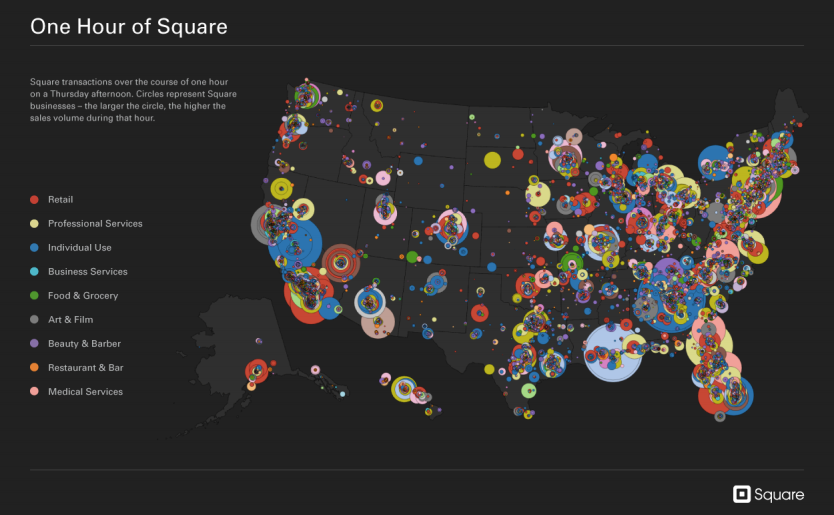
Case Study of Mobile Marketing for B2C Clients
A recent study by NetworkSolutions of 500 small business owners indicated that while 60 percent of those polled reported having a business website, only 26 percent indicated that their website was mobile-friendly and a surprisingly low 14 percent expressed that they have a mobile website or a website layout designed specifically for mobile devices.
Despite the lack of mobile-friendly infrastructure, 84 percent of those polled saw an increase in new business as a direct result of mobile marketing efforts and 69 percent of those polled agreed with the statement that “mobile marketing is key to my small business growth in the next five years.” So why is it that over two-thirds of those polled believe in mobile marketing, while only one quarter seem to be utilizing it as a tool? NetworkSolution’s study indicated that the #1 and #2 reasons for a lack of action are due to time and resource constraints as well as budgeting restrictions, respectively.
But if you’re looking for a little more encouragement, here are the cold, hard facts:
25 percent of smartphone users who searched for a small business from their mobile device made an in-store purchase, greater than 50 percent of those users called the business, 49 percent looked up the business on a map, and 20 percent made an online purchase. These figures indicate that mobile marketing has a direct and visible positive effect on new business, especially for smaller entities.
TicketsNow is a ticket resale site where consumers can purchase and sell tickets to sporting events, concerts, and other ticketed events. While TicketsNow maintained a successful desktop website, they found that their website, with its difficult-to-navigate interface and poor transition to a smaller screen, was not optimized for mobile devices. This failure of transition from desktop to mobile was further emphasized by a whopping 25 percent of TicketsNow’s business, which came from its consumers utilizing, with varying rates of success, TicketsNow’s poorly optimized mobile website.
Taking the 25 percent figure into account, TicketsNow chose to construct a better smartphone accessible version of their website to increase mobile sales.
Results:
After streamlining their website’s navigation and checkout process and adding Google AdWords to target mobile users, TicketsNow saw a 100 percent increase in sales, featuring a 50 percent increase in mobile conversion rates. Further, TicketsNow also garnered an additional 30 percent return on investment from Google AdWords as they were able to specifically target mobile users and redirect them to their mobile site.
Tex-Mex themed fast food restaurant chain Taco Bell encountered a similar problem. Relying on the flash-based, desktop version of their website to serve mobile users, Taco Bell found that consumers were spending only a few seconds navigating the Taco Bell website, before leaving the site completely.
The Solution
The important aspect to what Taco Bell did, was cutting down on content for the mobile site, only featuring those elements that a mobile customer would benefit from. Only one month after completing their mobile site, Taco Bell saw its mobile web traffic double.
By giving their consumers more access to their brand, TicketsNow and Taco Bell saw progress that wasn’t only significant, but immediate. Understanding the current trend of consumer web usage, with its growing base in mobile devices, these two entities were able to pinpoint where they were lacking, and turn that weakness into an advantage.

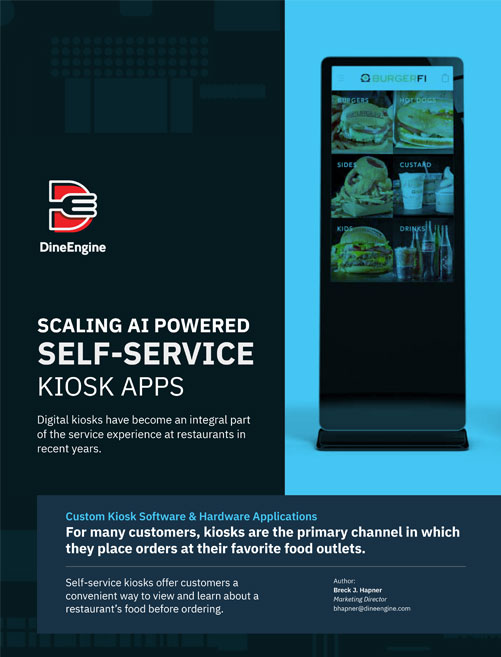
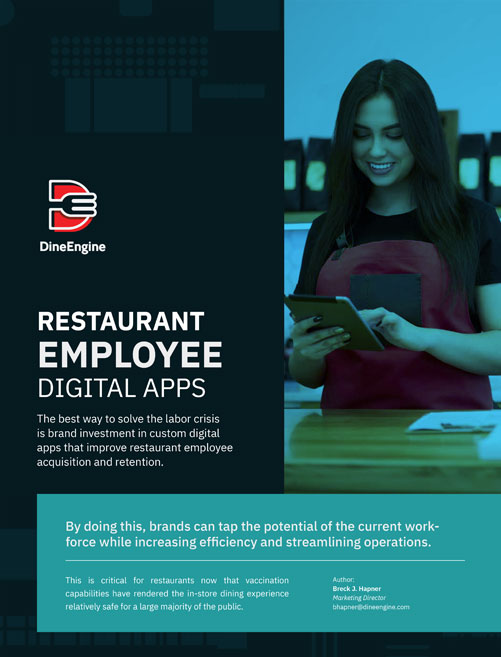
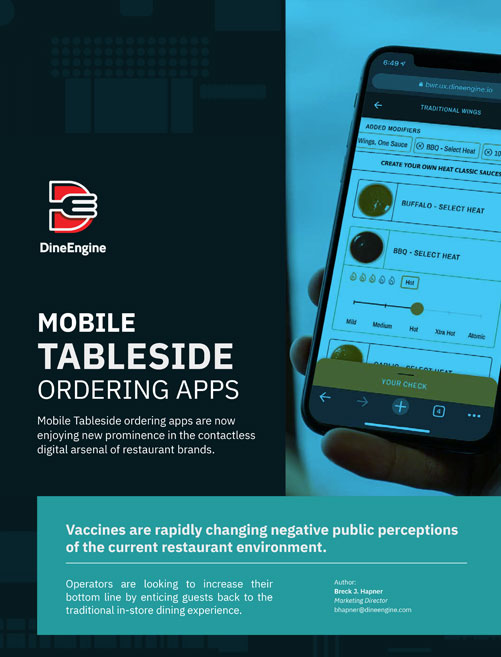
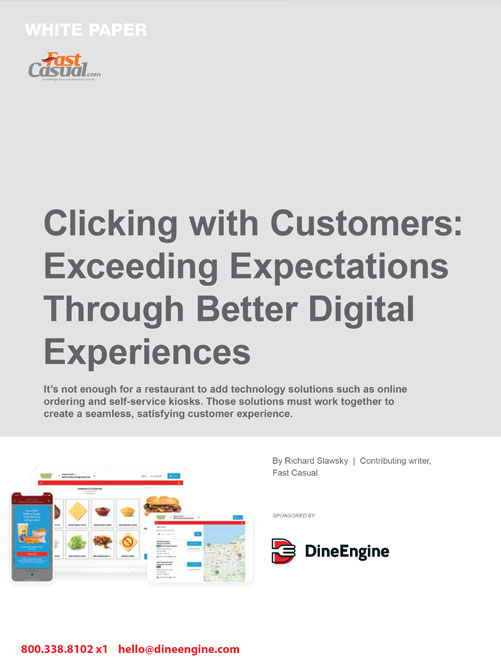
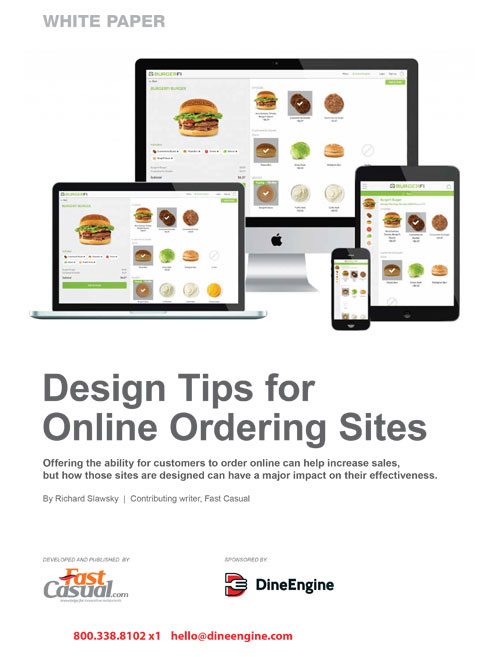
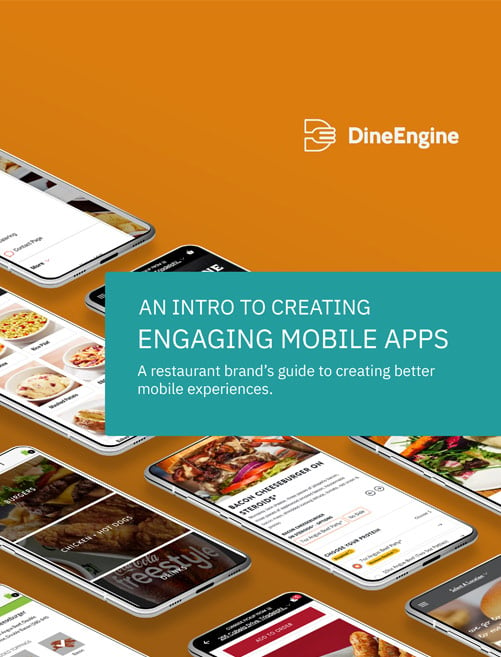





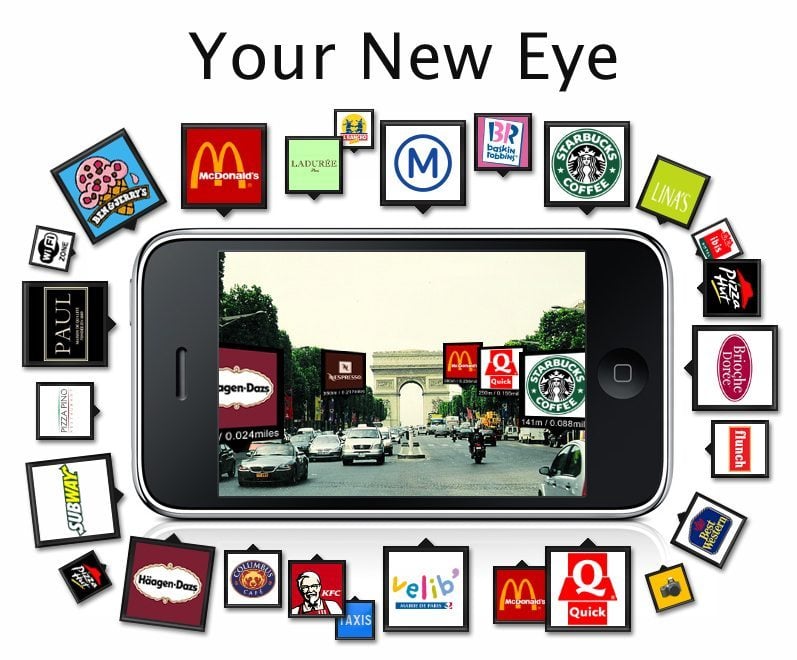












0 Comments